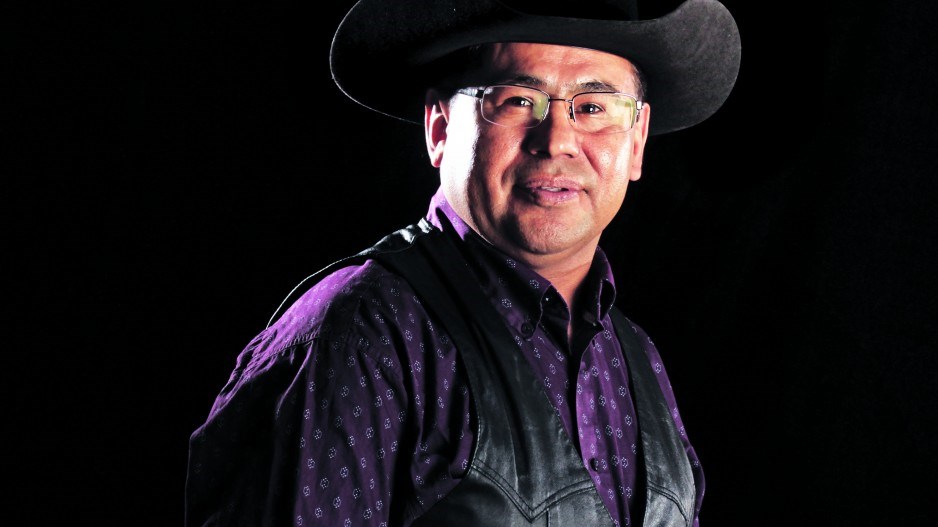For an agreement that was supposed to “reduce conflict” and guard against any further court claims by the Tsilhqot’in First Nation, the Nenqay Deni Accord seems to be causing a lot of angst.
The accord, signed in February, flowed from the 2014 Supreme Court of Canada decision that affirmed the Xeni Gwet’in, one of six tribes within the greater Tsilhqot’in First Nation, had proven aboriginal title to 1,750 square kilometres of Crown land southwest of Williams Lake in the Nemiah Valley.
Known as the William decision, the ruling meant the provincial government was obliged to begin negotiating a transfer of powers for those lands to which Tsilhqot’in now have clear title.
But there is concern that the B.C. government went far beyond what was necessary when it negotiated the Nenqay Deni Accord because, among other things, it contemplates adding more title land than what the Supreme Court of Canada identified.
In some respects, the accord reads like the framework for a treaty settlement, but without federal government’s involvement.
Despite a clause in which the Tsilhqot’in agreed to file no more aboriginal title claims while the details of the accord are negotiated, the Tsilhqot’in have done just that.
And despite a commitment in the accord to consult with and, if necessary, accommodate other First Nations affected by the accord, three tribes within the Northern Shuswap with an overlapping territorial claim are now taking the province to court, asking that the accord be quashed on the basis that it conflicts with their interests in ongoing treaty negotiations.
On June 21, the Tsilhqot’in filed a title claim in BC Supreme Court that, among other things, includes private land. In the earlier William case, the Tsilhqot’in specifically excluded private land.
Tom Isaac, an expert in aboriginal law with Cassels Brock, said the action appears to breach one of the clauses in the Nenqay Deni Accord.
“The agreement says they won’t initiate litigation against B.C., and they are initiating litigation against B.C.,” he said.
But Chief Roger William describes the claim as a technical requirement to meet court-imposed time limits and that his people have no intention of acting on it, as long as the accord succeeds.
He explained that, following the 2014 Supreme Court decision that bears his name, there was a two-year time limit in which his people could claim damages for the province’s alienation of Tsilhqot’in land.
“We’re filing it, but we’re not acting on it,” William said. “But it would be a backup plan – if things fall through or don’t go anywhere, it’s for us to use.”
The claim includes private land, even though William said no one expects the courts to hand over private property to the Tsilhqot’in. What it would do, however, if the court affirmed Tsilhqot’in title on private land, is oblige the province to compensate the Tsilhqot’in.
William added that there are private landowners who may be willing to sell, and the accord talks about providing cash for such acquisitions on a willing-seller basis.
“There are some operators that are talking to us that are willing to sell, so we’re willing to work with B.C. to buy that and hand it back to us,” William said.
There are other concerns with the accord, however. It contemplates creating two land categories within the 66,000-square-kilometre accord area, which are yet to be determined.
Category A lands would be those lands to which the Tsilhqot’in would be given outright title.
Category B lands – basically everything else within the entire area – would be under a co-management type of arrangement in which the Tsilhqot’in will have some say over what goes on there.
That makes the Association of Mineral Exploration (AME) nervous because it fears that a vast, mineral-rich territory could be closed to exploration.
One recent flashpoint on Category B lands is the application by Taseko Mines Ltd. (TSX:TKO) for permits to conduct drilling in the Fish Lake area.
The Tsilhqot’in last week issued a warning that it is opposed to the drilling and “will take steps to ensure that this does not occur.”
The standoff between Taseko and the Tsilhqot’in may well be the first test of Nenqay Deni Accord. Another test may play out in the courts, where the Secwepemc te Qelmucw (NStQ) are squaring off against the provincial government.
The westernmost portion of the Secwepemc traditional territory overlaps the eastern boundary of Tsilhqot’in territory in the Williams Lake region.
On July 5, chiefs representing the Canoe Creek-Dog Creek Indian Band, Williams Lake Indian Band and Soda Creek Indian Band launched a petition in BC Supreme Court against John Rustad, minister of Aboriginal Relations and Reconciliation.
They are seeking a declaration that the Nenqay Deni Accord be set aside and that the minister breached his constitutional duty to consult and accommodate them when signing the accord.
They also seek an injunction of sorts against the province that would prevent the government from granting any interests or rights to the Tsilhqot’in until the government has fulfilled its duty to the three bands.
The NStQ warn that the accord jeopardizes the treaty negotiations that they have been involved in for more than two decades – a process that has racked up a $28 million bill in repayable federal loans.
“The province’s decision to sign the accord also has the potential to erode the confidence of the NStQ nations in the province’s commitment to the B.C. treaty process generally and to negotiations with the NStQ specifically, which could adversely affect the ability of NStQ to complete a final agreement,” the claim states.
Rustad was not available for a comment.




